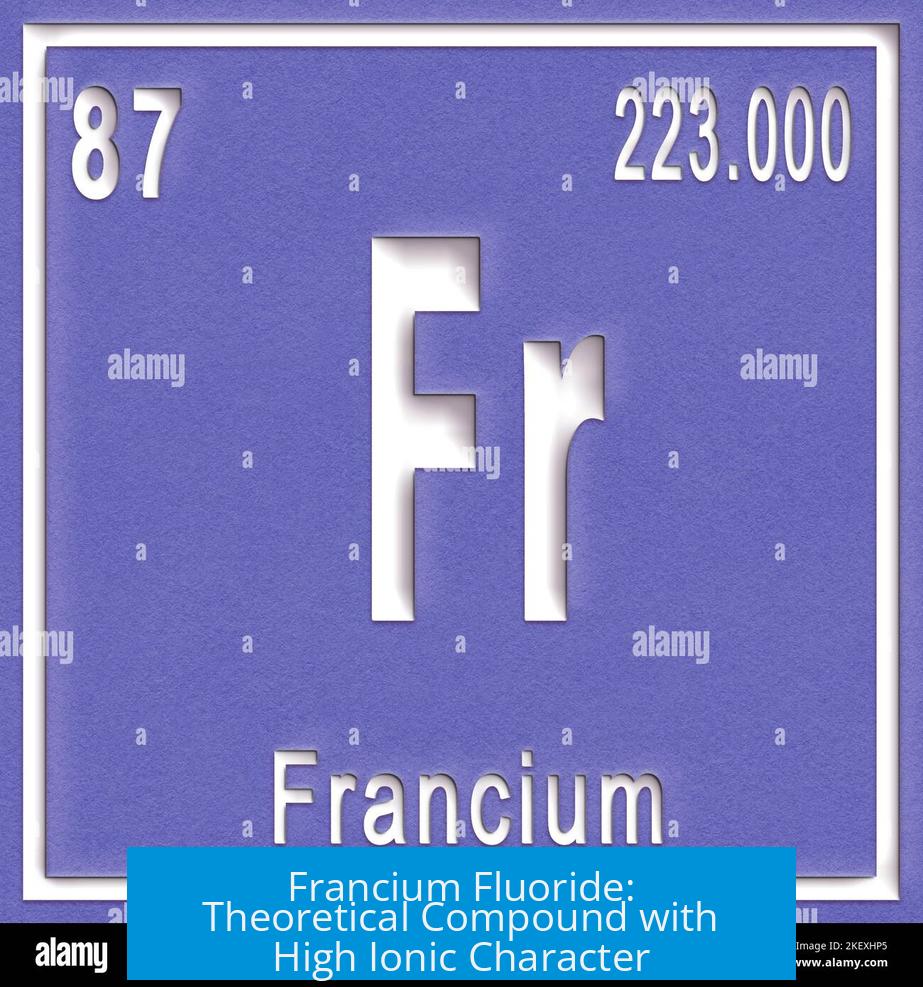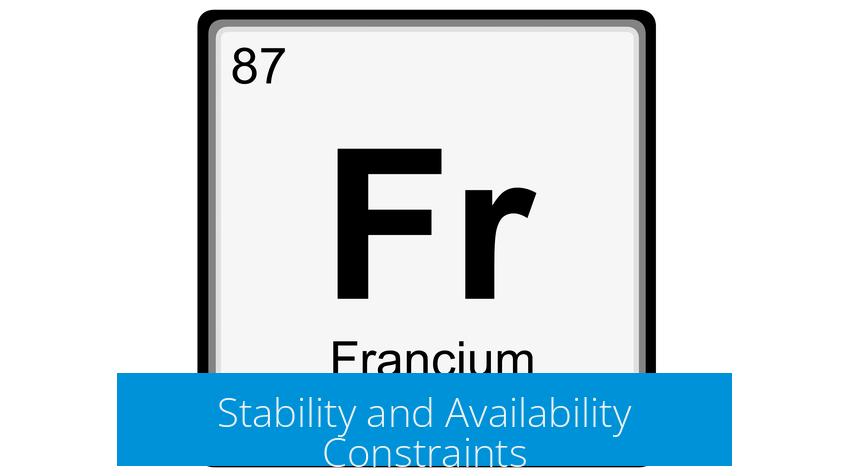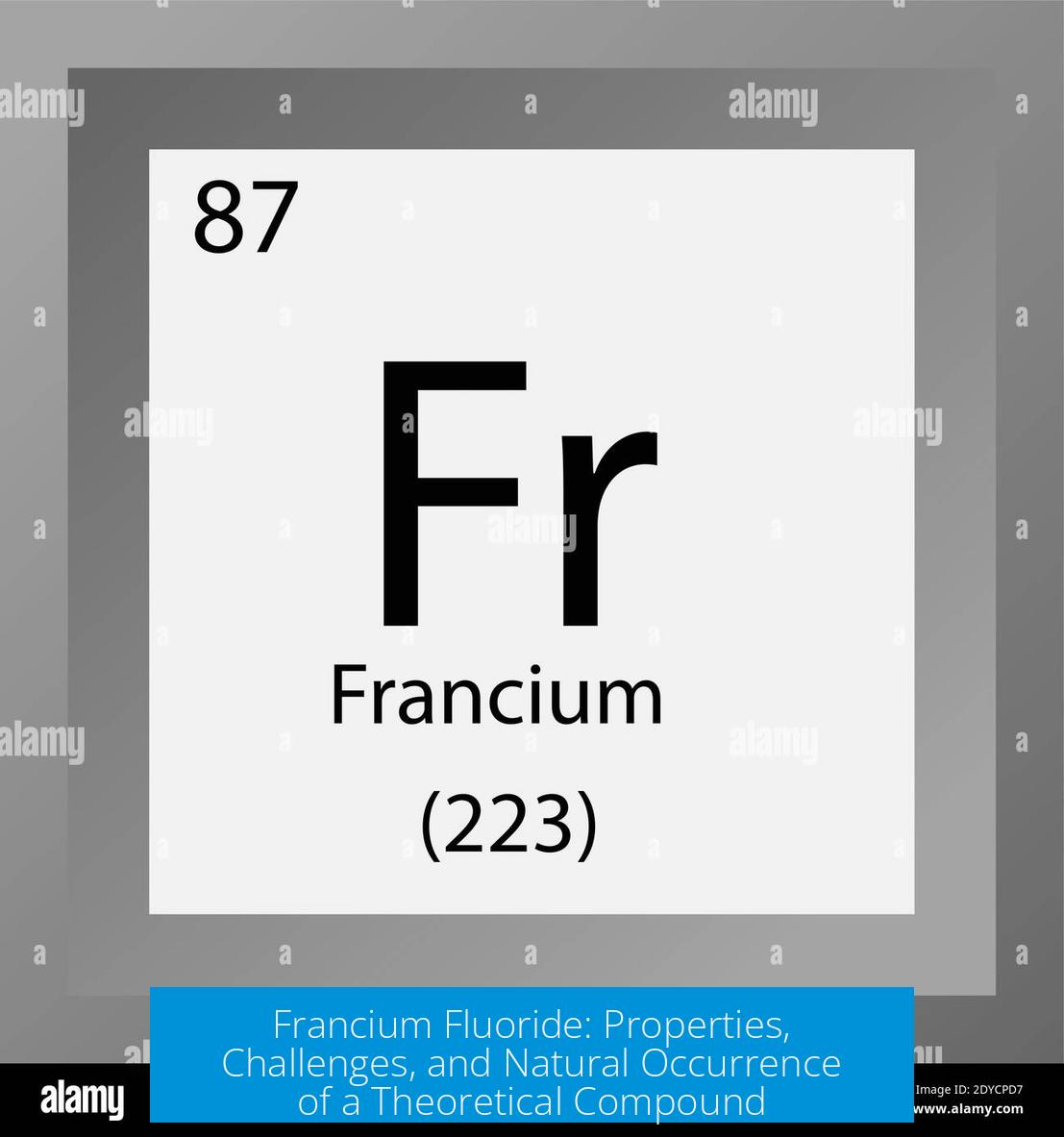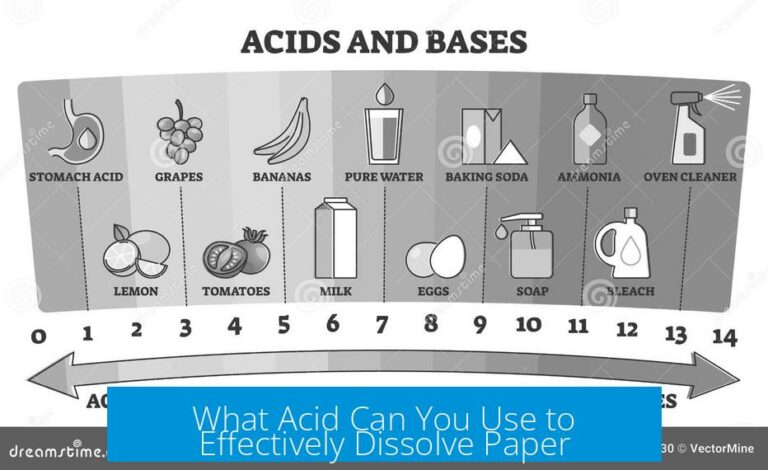Francium Fluoride: Theoretical Compound with High Ionic Character

Francium fluoride is theoretically predicted to form via the reaction of francium with fluorine, producing a compound characterized by very high ionic bonding. However, it has not been synthesized in practice due to significant challenges related to francium’s nature.
Theoretical Formation and Properties
Francium fluoride would likely exhibit strong ionic character because francium is an alkali metal and fluorine is highly electronegative. The reaction would resemble those of other alkali metal fluorides, such as cesium fluoride.
- Francium (Fr) + Fluorine (F2) → Francium fluoride (FrF)
- Expected to be a salt with a strong ionic bond
This hypothetical compound shows how francium’s chemistry closely follows alkali metal trends, but precise data remains unavailable.
Challenges Due to Francium’s Rarity and Instability
Francium’s extreme scarcity restricts experimental chemistry:
- Exists only in trace amounts on Earth
- Short half-life, measured in minutes
- Highly radioactive and decays quickly
These factors make it effectively impossible to isolate sufficient francium atoms to perform controlled chemical reactions or produce stable compounds like francium fluoride.
Stability and Availability Constraints

At any moment, only a few grams of francium exist globally, insufficient even to fill a teaspoon. The most stable isotopes decay rapidly, preventing accumulation. This fleeting existence hampers synthesis and characterization of francium compounds.
Related Francium Halides
Francium fluoride shares theoretical status with other francium halides. Francium astatide, for example, is recognized as even more difficult to synthesize due to similar or greater instability challenges.
Natural Occurrence and Chemical Manipulation
Francium emerges naturally only as a short-lived decay product from uranium ores. Isolation and chemical study, including fluoride formation, are hindered by its instant decay after formation.
“Francium only exists fleetingly, for some minutes, as the product of larger atoms decaying.”
Key Takeaways
- Francium fluoride is a predicted ionic compound from francium and fluorine.
- Actual synthesis has not occurred due to francium’s extreme rarity and rapid radioactivity.
- Francium’s half-life limits any prolonged chemical studies.
- Related francium halides face similar or greater synthesis difficulties.
- Natural francium only exists briefly as a product of radioactive decay, limiting chemical use.
What is francium fluoride and how is it formed?
Francium fluoride is a theoretical compound predicted to form when francium reacts with fluorine. It is expected to have very high ionic character, though it has not been synthesized in practice.
Why hasn’t francium fluoride been successfully synthesized?
Francium is extremely rare and highly radioactive, with a very short half-life of just a few minutes. These factors make it nearly impossible to gather enough francium for chemical experiments or to create francium fluoride.
How stable is francium and does this affect francium fluoride formation?
The most stable francium isotopes last only a few minutes. This short stability window prevents isolation of francium in sufficient quantities, hindering any attempts to form francium fluoride.
Are there other francium compounds similar to francium fluoride?
Yes, other francium halides like francium astatide are theorized but are even harder to produce. Francium fluoride itself remains primarily a theoretical substance.
Where does francium occur naturally and does this impact the study of francium fluoride?
Francium is found only briefly as a decay product in uranium ore. Its fleeting natural existence further limits the ability to study or create francium fluoride.





Leave a Comment